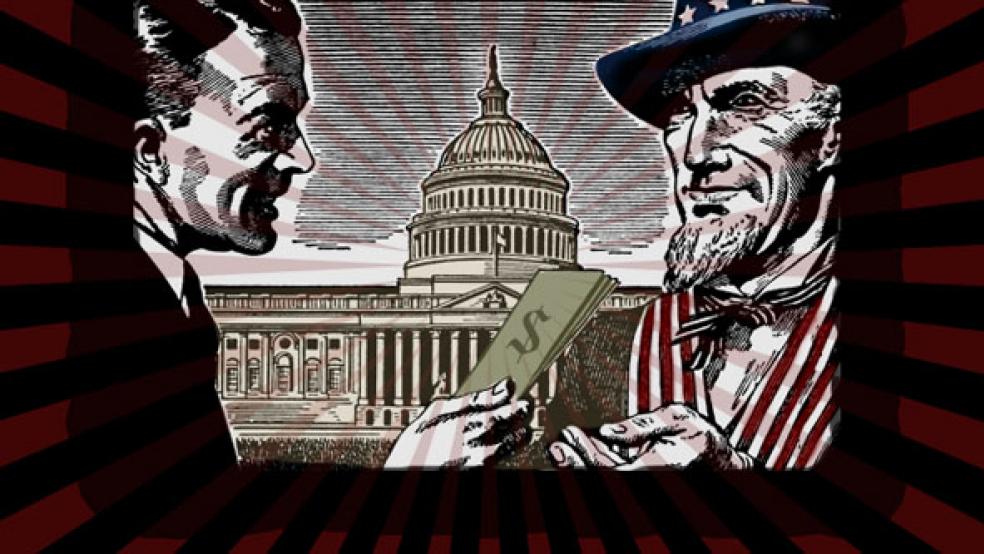The Treasury Department announced Thursday that Direct File, the free tax filing system being tested by the IRS, will be made permanent and open to eligible residents in all 50 states starting in 2025.
The program was offered on a limited basis this year to residents of 12 states, attracting about 140,000 users – a small fraction of the potential user base, but more than the IRS had expected to see in its first test run. Treasury said that participating tax filers claimed more than $90 million in refunds through the program, while saving roughly $5.6 million in filing costs.
The Direct File program received funding through the Inflation Reduction Act, which made it through Congress with only Democratic support. Although critics on the right and in the for-profit tax filing industry have complained about the cost of developing a new system, IRS Commissioner Danny Werfel said in April that the tax agency has spent far less than expected on the project, with about $10.5 million going toward development and another $2.4 million for operations. Werfel also said that it’s not clear how much the full expansion will cost since some Republican-led states said they may not participate. The Biden administration has reportedly budgeted $75 million for the project next year.
In a statement, Treasury Secretary Janet Yellen said the Direct File program is part of the Biden administration’s effort to use government resources to help ordinary citizens. “President Biden is committed to saving Americans time and money and ensuring families receive the tax benefits they’re owed,” she said. “Providing a free tool to all Americans who want the option to file directly with the IRS is key to achieving those goals.”
Even with the expansion of Direct File to all 50 states, not all tax filers will be able to use the program, which can handle only a limited set of income types. Some of the program’s supporters are calling for a more sophisticated version that can be used by a wider variety of filers, and that draws on existing IRS databases to make the filing process easier.
Still, once the program is widely available, it is expected to save millions of Americans money when it comes to filing their taxes. The average American spends about $140 per year on the dreaded task.




